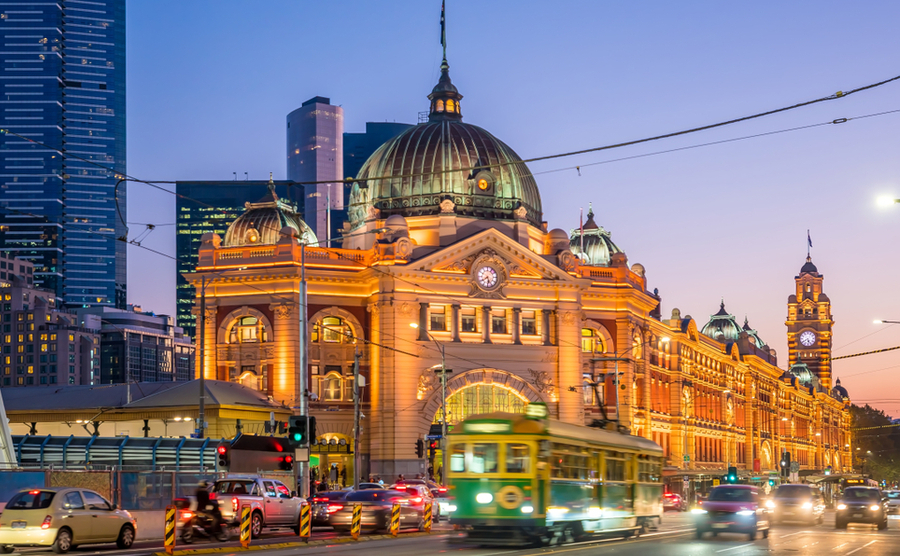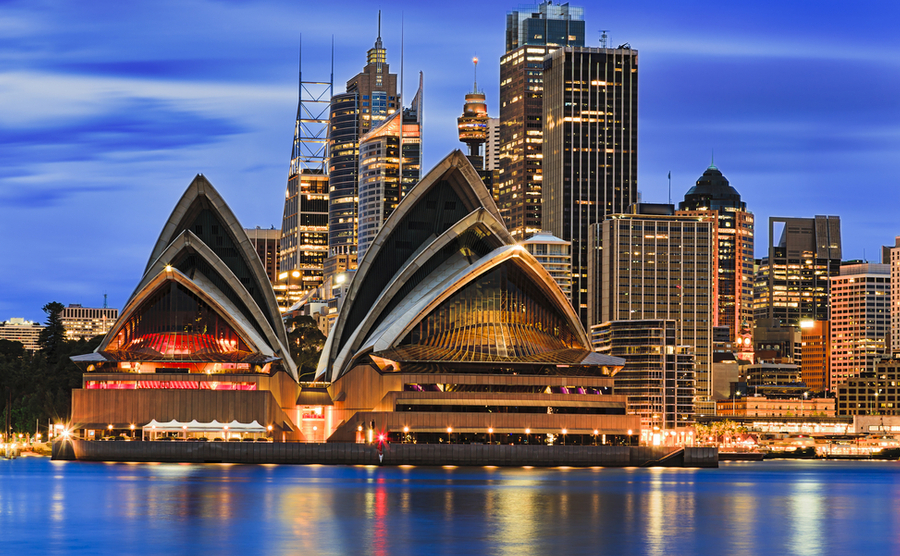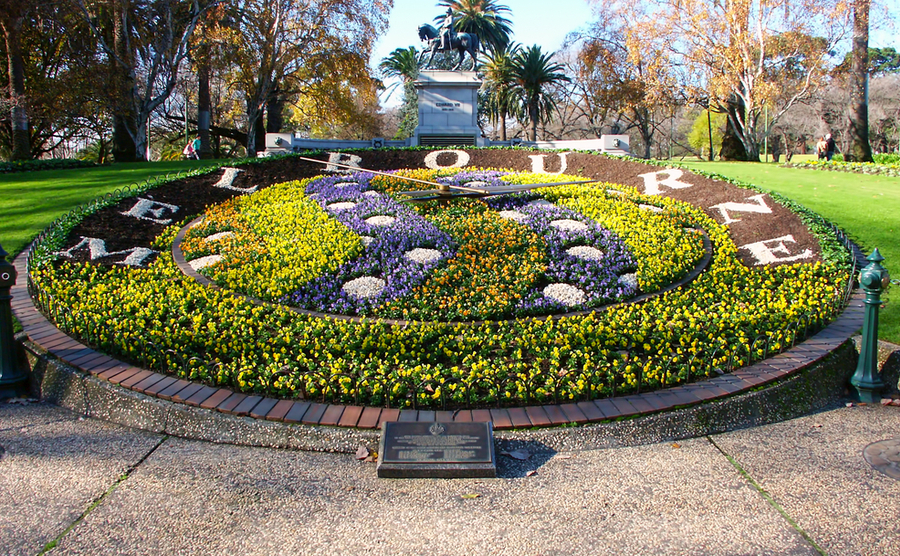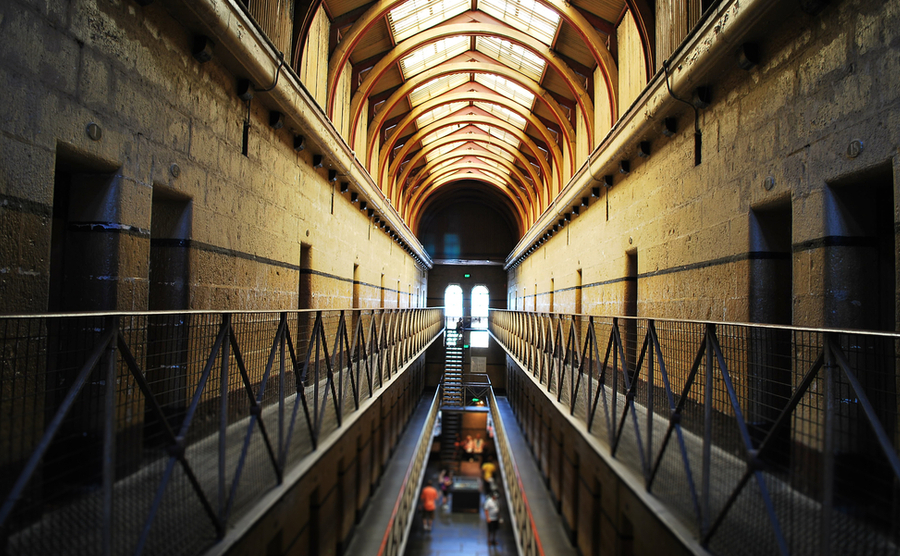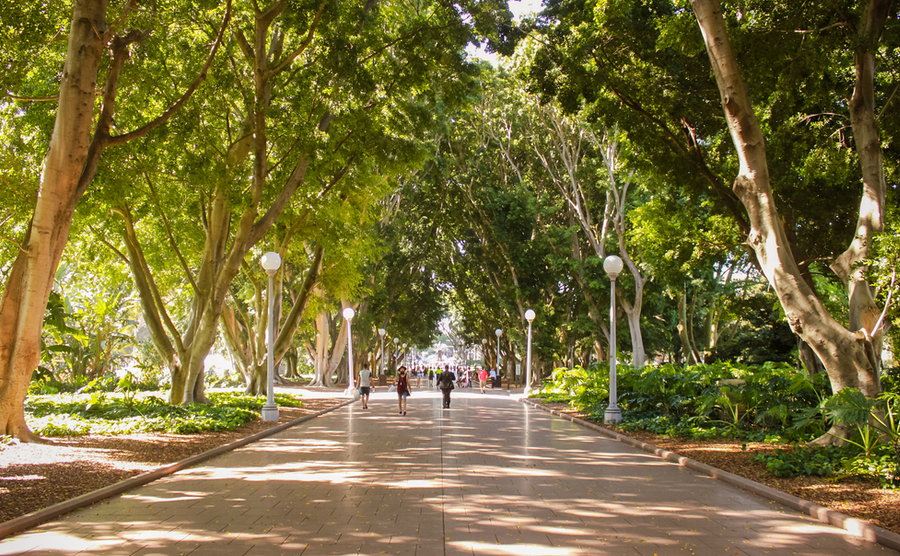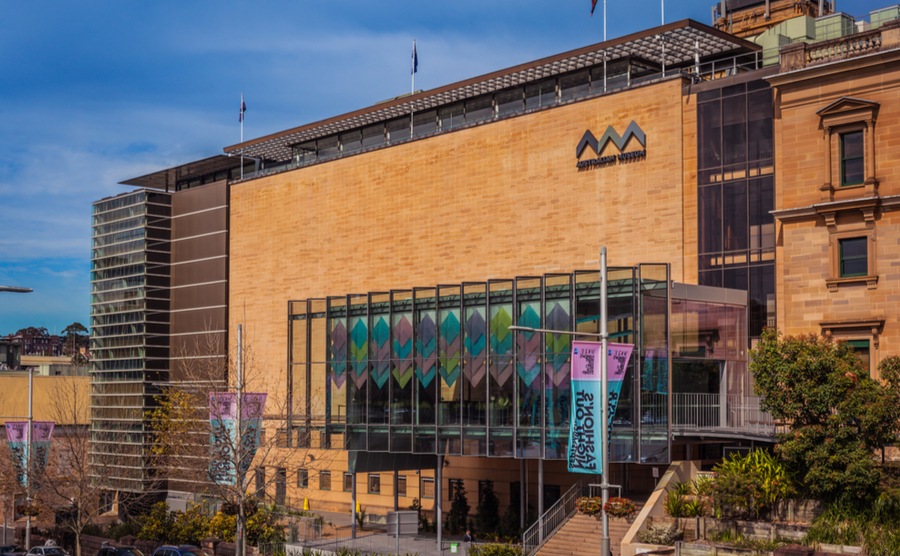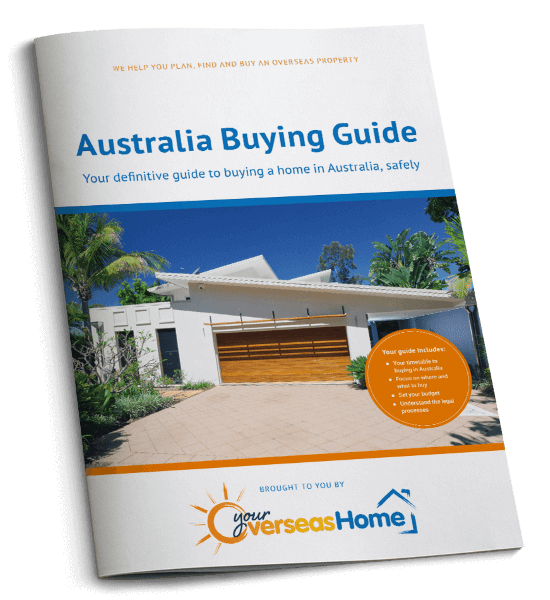Ranking in at third (Melbourne) and fourth (Sydney), Australia did well on the Global Liveability Index. We unpack how they differed and touch on why we think both cities are a great place to call home.
Every year, the Economist Intelligence Unit releases The Global Liveability Index report, it assesses the liveability of cities across the globe. It ranks cities based on: stability, healthcare, culture & environment, education, and infrastructure. Overall, the report says that healthcare has improved across the world but that some countries have fallen slightly in stability, owning to civil unrest, complaints about the cost-of-living crisis and a small uptick in crime in some cities.
The most liveable city in the world is Vienna. Vienna is a frequent winner and only fell in 2021 due to restrictions imposed by the pandemic resulting in many of its attractions being closed. No UK city is listed in the top ten. Edinburgh, Manchester, and London all featured on the list of “biggest movers down the rankings in the past 12 months”.
3rd and 4th
But our focus is over in Australia – Melbourne is the third most liveable city in the world and Sydney is the fourth. When you break down the scores, there is very little separating third and fourth place. They scored the same for stability (95.0); healthcare (100.0); education (100.0); infrastructure (100.0). Where they differ slightly is with culture & environment, Melbourne scored 95.8 and Sydney 94.4.
During the pandemic, Australia’s healthcare system (like many) felt the pressure, and so, bumped up and down in terms of liveability. In 2023, however, it has shuttled Frankfurt and Amsterdam out of top positions.
Australia is not the only country to have more than two cities in the top ten. Canada has Vancouver and Calgary; Switzerland: Zurich and Geneva.
Culture & Environment
Without a doubt, healthcare, stability, and infrastructure are all crucial to how liveable a city is, but it is, arguably, the culture & environment of a city that is going to make it feel worth living in. And, as Melbourne and Sydney slightly differ on this, let’s take a look at what both cities have to offer in terms of culture and environment.
Melbourne
Green spaces
Sky Park
With a real flavour of modernity, Sky Park is an elevated 2,000 metre square public park in the heart of the city. You’ll find it bordering Collins and Flinders street, conveniently opposite Southern Cross Station. You can get there either via winding staircase or glass lift. Sky Park is a lovely landscaped green stretch and built-in seating, but it is also handily equipped with Wi-Fi and power outlets.
Queen Victoria Gardens
With a statute of Queen Victoria positioned at the highest point of the park, is a 4.5-hectare park, perfect for walks. There’s also a floral clock, featuring more than 7,000 blooms. From a frog to a water nymph, it is scattered with curious statues.
Royal Botanic Gardens
A Melbourne staple for 170 years, the Royal Botanic Gardens is 38 hectares and home to 8,500 species of plants from around the world. It has special features like a wintertime lightscape show and an Aboriginal Heritage Walk.
Culture
Melbourne Comedy Festival
A little like the Fringe in Edinburgh and frequented by some of the same faces, the Melbourne International Comedy Festival has been going on for close to forty years. It takes place for about four weeks between March and April every year. From fresh faced home-grown talent to international stars to kids’ comedy, it’s a great selection. Melbourne Town Hall serves as the hub, but the venues dot the city.
Old Melbourne Gaol
For a bit of history, head to Old Melbourne Gaol. Completed in the mid 1800s, it used to serve as a symbol of authority in the city. 133 people were hung here, including Australia’s most infamous citizen, the bushranger Ned Kelly. If you really want to shake in your boots, take a night tour! You can even hire out the gaol for an event, such as a wedding – what a place to say, “I do”.
Scienceworks
Scienceworks is a really fun, interactive place to go with kids. It’s the type of place where you can go to a lighting show, paint a nebula, and play with sensory playdough.
Sydney
Green spaces
Carradah Park
Carradah Park has one of the greatest points in all of Sydney, Berry’s Bay Lookout. It offers views of the Harbour Bridge, the Sydney CBD skyline as well as Balls Head Reserve, which is next to the park.
Barangaroo Reserve
With sweeping views of Sydney Harbour, Barangaroo Reserve was once a disused container that has been transformed into a stunning 6 hectares of waterfront park. It is home to 75,000 native plants. It is also well-connected to cycling routes, near Wynyard Station and the ferry.
Hyde Park
Offering 16 hectares of greenery in central Sydney, Hyde Park takes the title of the oldest park in all of Australia. Here you will find the ANZAC memorial. Hyde Park often hosts celebrations for Sydney festival, ANZAC Day and the food and wine festival.
Culture
Sydney Festival
Taking place for three weeks every January, Sydney Festival is dedicated to the arts. From dance to circus to drama to visual arts to talks, you can see a really diverse range of performances.
Sydney Olympic Park
Constructed for the Olympics in 2000, the venue is now a great place for sports and live entertainment. You’ll catch Disney on Ice, Cirque du Soleil and the FIFA Women’s World Cup here. The Stadium Australia has a capacity of 110,000 spectators.
Australian Museum
Dating back to 1827, the Australian Museum is the country’s oldest and holds the largest collection of natural history. Here, you can learn about the First Nations, earth science, climate change and beyond.
This is really just touching the surface of the environment and culture that both cities have to offer. And, in the words of the Economist Intelligence Unit, both cities are incredibly liveable.
Sydney praised for putting disabled travellers first
In a recent BBC article, four cities were highlighted for putting disabled travellers first. On that list was Singapore, Las Vegas, Sydney and London. Sydney was noted for the majority of its attractions being wheelchair accessible, including its National Trust properties. While the famous Sydney Opera House has a variety of access services, performances and programmes, such as theatre captioning and Auslan Interpretated performances. Additionally, the majority of Sydney’s public transport system, including the ferries, is wheelchair accessible.
You might also be interested in reading:
- Australia announces changes to working holiday visa
- “We’re here to steal your workers”: the lure of Western Australia
- Download your free guide to buying in Australia
- Four gorgeous spots in regional Victoria
- Meet Melton: the suburb that made Melbourne more populous than Sydney


